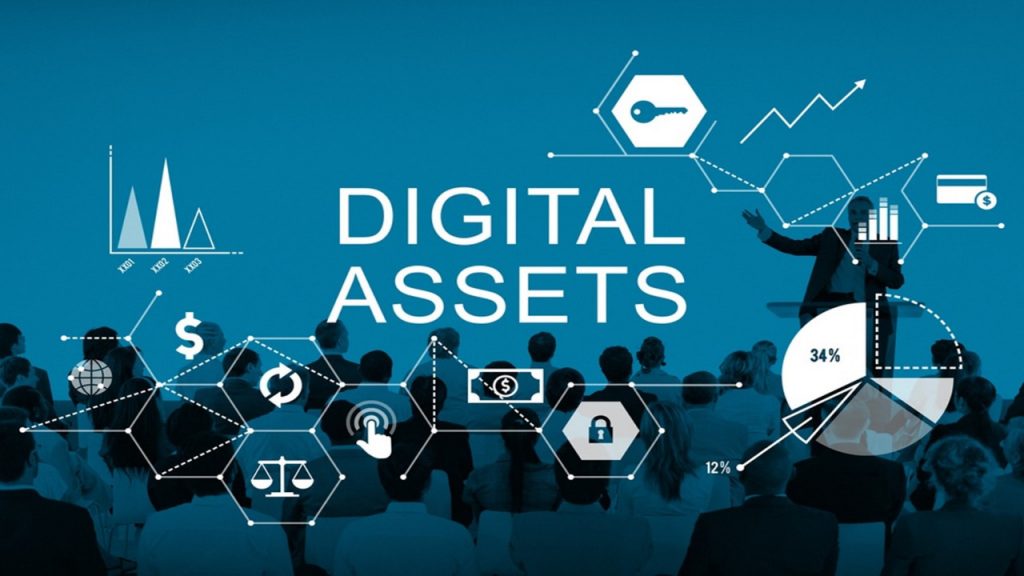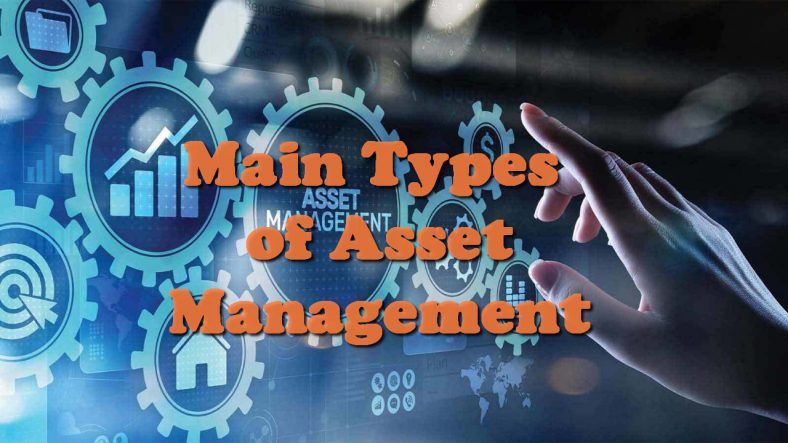Maintaining your company assets, regardless of type, enables productivity and transparency. Understanding the different forms of investment management can assist you in gathering data on the most suitable solution for your company and making an informed selection.
The first step in developing a new and improved way of dealing with your resources is to choose one that respects the overall structure of your organization while also providing a solution that supports your clients and staff effectively. Because wealth management is as varied as the technology used by employers, it is critical to get acquainted with how it could affect your firm. For this purpose, you can opt for Leyland Private Asset Management, which can improve your firm in every manner.
GENERAL WORKING

Retail investors have neither the resources nor knowledge required to deliver inevitable health capital growth. As a result, many entrepreneurs focus on financial institutions to invest in their representatives. Asset management agencies are often comprised of a collection of financial specialists with substantial market knowledge. They may use diversity and complicated investing methods to create returns for shareholders since they have a huge quantity of collective resources. An investing mission drives wealth management. The directive specifies how a particular group of funds should be managed. Money managers adhere to such security standards and investing methods. Financial institutions demand a considerable price for these solutions. Although they demand much less than some other financial agencies too but still it’s quite high. This proves that asset management companies have a bright future ahead.
DIGITAL ASSETS

Electronic inventory control is a sector that is continuously growing. It entails the effective arrangement of electronic information and material and its storage and management. This continuing process incorporates information. Limiting access to commodities such as patent rights, construction blueprints, and conference recorders save participants the expense of keeping numerous copies of such materials in safekeeping. Further, consumers may be confident that they’re adequately secured from catastrophic events, fires, and water leaks. Many businesses that do not offer software platforms might benefit from additional functionality.
SUPPLY ASSETS

Capital equipment management is also crucial regardless of whether a corporation is primarily concerned with the distribution network. All goods employed by an organization to create money are considered built-in features; in speaking, they stay in the place where they were put. Sanitary connections, refrigerators, as well as in equipment are instances of fixed resources. They are often large investments that serve the business for a few decades before depreciating throughout their life span. Such items must still be tracked. They need repair work, generate data for research, and may receive continuous supervision.
SOFTWARE ASSETS
Technology wealth management comprises both software and hardware administration. It comprises business items like desktops, modems, and other IT infrastructure, as well as intangible resources like software memberships, licensing trademarks, and communications infrastructure. IT wealth management contributes to protection, savings in time and money, and the establishment of a solid technical, technological foundation for the future. It entails storing, accessing, managing, and transmitting intelligence both internet and within the residence.
All these types are beneficial in improving our businesses and can help us in future too.

Leave a Reply